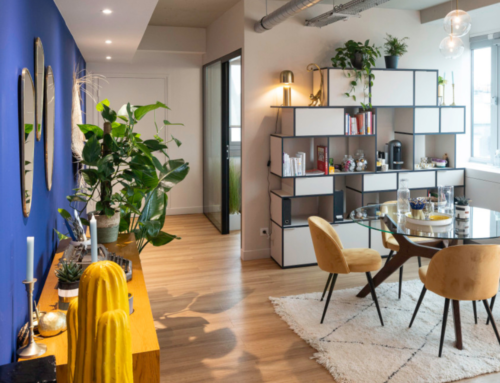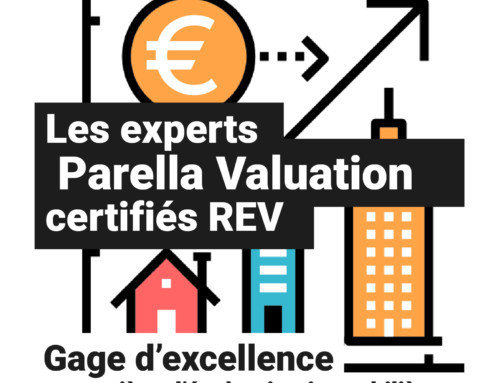For a good employee experience in the office
New working methods and employee aspirations are reshuffling the deck in corporate real estate, accelerating the need to transform so-called "traditional" workspaces into more agile and connected environments. How can we best optimise this transition to more user-friendly and efficient spaces, particularly in flex office? How to engage and support employees so that they adopt these places and ways of working? Interview with Ludovic Legendre, "People & Transformation" partner at Parella
Fabienne Broucaret: Contrary to what some people thought after the first lockdown, the office is not dead! On the contrary, your survey shows that the Covid-19 crisis has given it a central place again and has led to reorganisations...
Ludovic Legendre: Yes, one of the main findings of our survey is that 91% of the organisations questioned have a real estate project or are thinking about it: it may be a question of redevelopment or even a move. There is a real proliferation of requests! Secondly, for 76% of those surveyed, the head office still has an important role today. It must reflect the DNA of the company.
F.B. What is a good office experience?
L.L. The number one criterion is the well-being of employees. This means offering appropriate services that will make the headquarters attractive. Many companies are inspired by the codes of coworking. It used to be said that the office should feel like home. Nowadays, you have to feel even better! Next, the spaces must facilitate interaction and breathing time. This means thinking in terms of uses for an optimal occupant journey. Finally, a good employee experience in the office now requires management adapted to the hybrid model.
F.B. There is a growing trend towards the flex office. Do you still see any reluctance?
L.L. According to our survey, one out of three companies is already using a flex office, and 40% are thinking about it. This is huge compared to a few years ago. I still notice three reticences: first of all, the fear that the flex office will dehumanise work. But if the individual personalisation of the office disappears, it is replaced by a collective personalisation with team photos, memorable souvenirs, etc. Secondly, there is the fear of not having a place if you don't arrive at the office early. If such a problem exists, it means that the layout has failed! In a flex office, there are certainly fewer workstations, but there are more alternative places to sit: in a lounge, on a sofa, in the cafeteria, in meeting rooms, etc. The mistake would be to reduce the number of workstations without providing for other work spaces, particularly collaborative ones. Finally, the office is still sometimes seen as a statutory element. However, the flex office should concern everyone, including Comex and managers! It is important to set an example, otherwise this will increase reticence.
F.B. How do you ensure that employees really take ownership of the workspace?
L.L. The first key aspect is to think about uses, so that they meet the needs of employees. Which task for which space? Next, it is essential to smooth out the presence to avoid empty spaces and others that are over-occupied. Offices should be a lively and dynamic place to be. Finally, employees must be involved in the personalisation of the office: they are drawn into the story and become ambassadors. They are not just asked to choose the colour of the carpet!
A workspace transformation project is a truly participatory project.
Interview by Fabienne Broucaret, editor-in-chief of My Happy Job by Moodwork as part of the special issue N°13 on the office of the future.
Access to the complete special edition HERE
Follow us on Linkedin to benefit from the next articles, between deciphering and market views of our experts.






